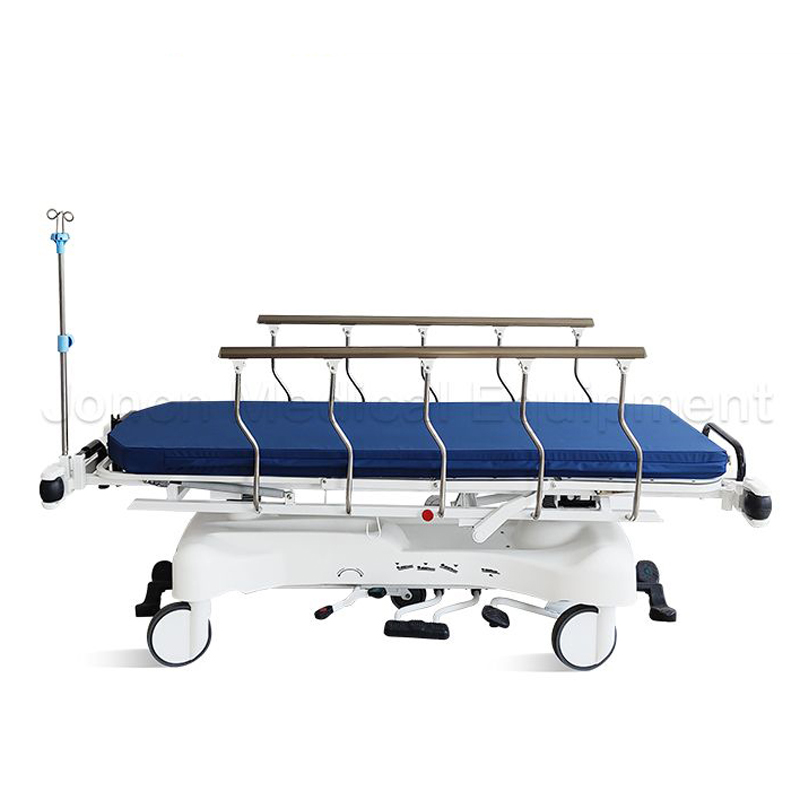
A dental chair is the cornerstone of any dental practice. When it malfunctions, it can disrupt your entire workflow and impact patient comfort. While some issues require a professional technician, many common problems can be diagnosed and fixed with a systematic approach. This guide will walk you through the essential troubleshooting steps to get your dental chair back in working order.
Before you assume a complex issue, always start with the simplest solutions. Many problems are rooted in basic electrical or user-error issues.
Check the Power: Is the chair plugged in? Is the power switch on the chair turned on? It may sound obvious, but this is a frequent cause of a non-responsive chair.
Inspect the Power Cord and Fuses: Look for any visible damage to the power cord, such as fraying, kinks, or tears. If the chair is completely dead, check the fuses. A blown fuse is a sign of an electrical overload. Many chairs have an internal fuse, which may require removing a panel, so consult your chair's manual before proceeding.
Examine the Controls: If the foot pedal or control panel isn't responding, check the connections. Ensure all plugs are securely seated. For wireless controls, check the batteries and make sure the remote is paired correctly.
These issues often manifest as erratic movement, strange noises, or leaks. A dental chair relies on a complex system of hydraulics and mechanics to move smoothly and safely.
Erratic or Jerky Movement: If the chair moves erratically or struggles to raise, lower, or tilt, it could be a hydraulic fluid issue. Check the fluid level according to the manufacturer's manual and look for any signs of leaks. Puddles under the chair or dampness around the hydraulic pump are clear indicators of a leak.
Unusual Noises: Squeaking, grinding, or groaning noises during movement can signal worn gears, dry bearings, or an issue with the hydraulic pump. If the movement is stiff and jerky, it might be due to friction from wear and tear.
Loose Components: Regularly inspect the chair for loose bolts, screws, or connections. A loose armrest or headrest can not only be uncomfortable for the patient but can also point to a more significant mechanical problem.

The air and water systems in a dental chair are critical for handpieces and suction. Problems here are often a result of blockages.
Weak Suction: This is a very common issue. Start by checking the suction filters in the chair and at the central vacuum unit. They are often clogged with debris. You should also check the suction tube itself for any blockages. Finally, ensure the air pressure and water pressure levels are within the recommended range as specified in your dental chair manual.
Water Leaks or Dripping: Dripping from the handpiece or syringe is often caused by a faulty valve or a leak in the water line. Check all connections for a secure fit. If the leak persists, a valve may need to be replaced.
Handpiece Issues: If a handpiece isn't getting enough air or water, check the connections and the air and water filters on the chair itself. A clogged filter or a kinked hose can severely impact handpiece performance.
While you can handle many minor issues yourself, some problems require a trained technician. You should call a professional immediately if:
The issue is electrical and you cannot identify a simple cause like a loose plug or a blown fuse.
The chair shows signs of significant hydraulic fluid leaks.
The dental chair malfunctions in a way that poses a safety risk to the patient or staff.
You have performed all basic troubleshooting steps and the problem persists.
Regular maintenance is the best way to prevent future issues. Following the manufacturer's maintenance schedule for your specific dental chair can save you from unexpected breakdowns and extend the life of your equipment. Do you have a specific problem with your dental chair right now, or are you looking for general maintenance tips?

The MD200001 5-functional 4 cranks manual nursing bed. Designed for optimum functionality and comfort, this bed boasts impressive technical parameters: Measuring 2130x970x(500-770)mm externally, with ...
See Details
The outdoor camping lightweight portable folding sleeping air mattress is designed for comfort and convenience during your outdoor adventures. This air mattress features a 2.5” Bubble pad arrangement ...
See Details
Our ST200023 -aid medical collapsible aluminum alloy ambulance stretcher with wheel is designed to provide the convenience and safety during patient transport. Crafted from high-strength aluminum all...
See Details
Our advanced 6-function adjustable hospital stretcher trolley, is designed to elevate patient care and streamline hospital operations. With dimensions of 1960x640x(630-930)mm, this trolley boasts a ra...
See Details
ABS material hydraulic stretcher trolley, meticulously engineered for seamless functionality and unparalleled performance in healthcare environments. With precise Technical Parameters including an ext...
See Details
Foldable electric wheelchair with motorized power wheels, specially designed to enhance mobility and comfort for the elderly. Crafted with meticulous attention to detail, this wheelchair boasts a robu...
See DetailsIf you are interested in our products, please consult us
Products
Mobile terminal